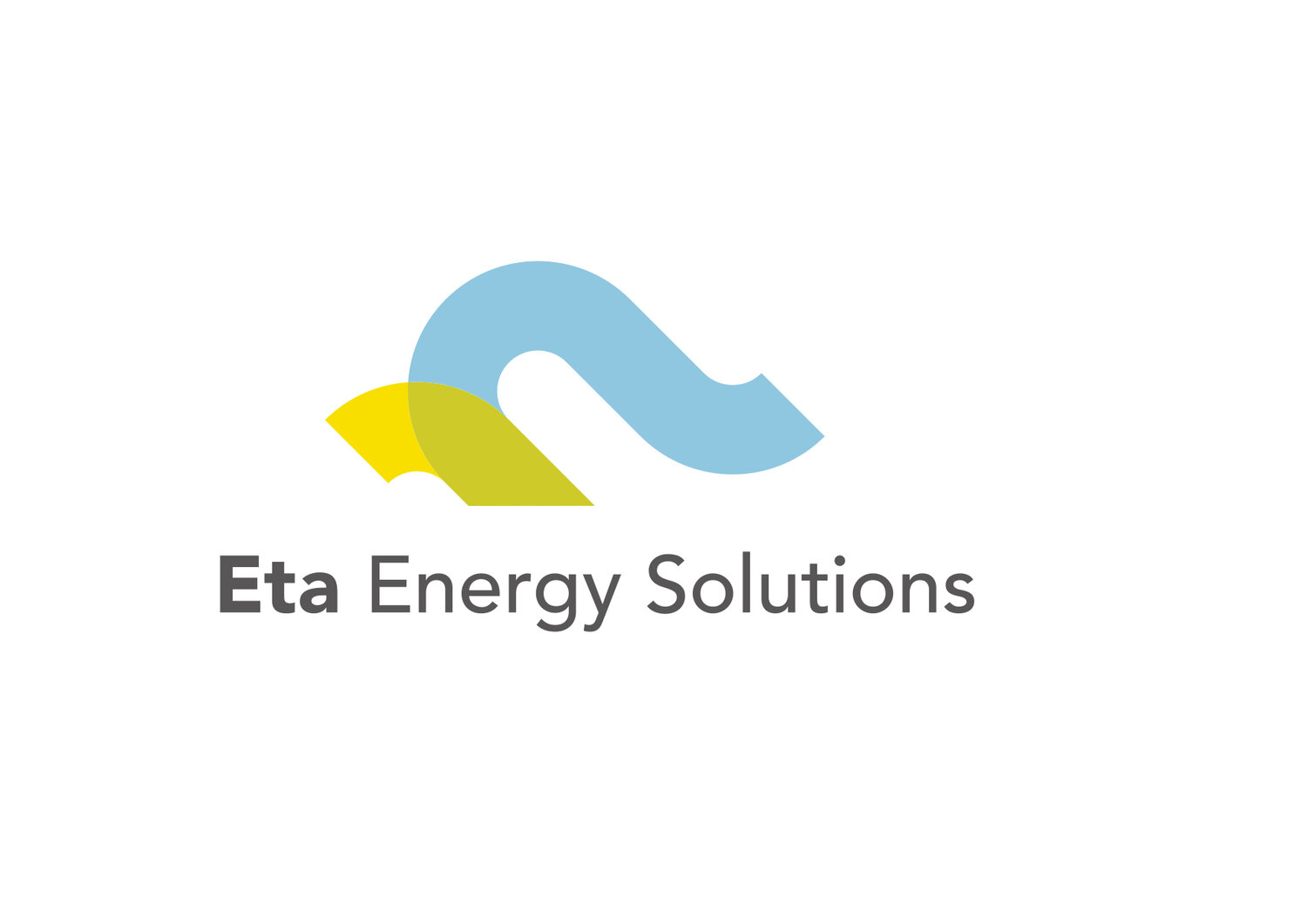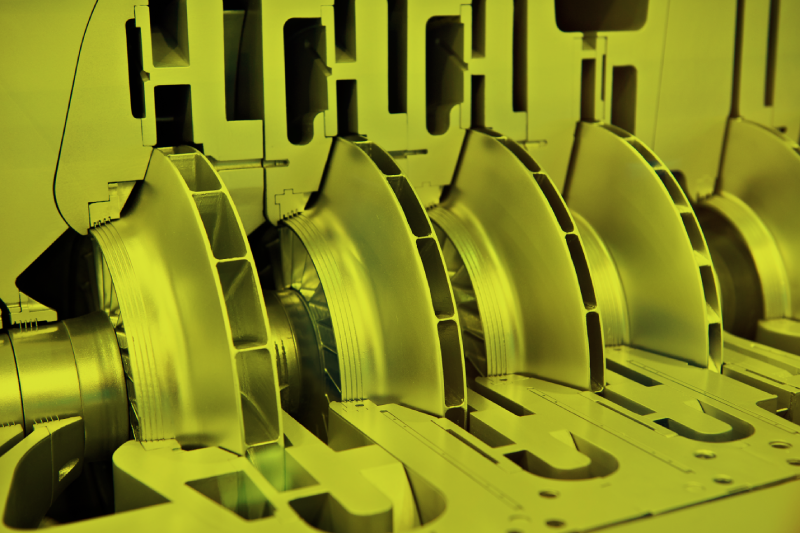How Suboptimal Performance of Centrifugal Compressors causes Damage
As I mentioned in my previous article, the suboptimal performance of centrifugal compressors used in oil and gas applications is often the result of the extended off-design operation. Unfortunately, in my experience, I have seen a lot of situations in which operators are oblivious regarding the operating envelope of their critical compression equipment. In many cases, there is a tendency for an “if it’s not broke, don’t fix it” mentality.
In many cases, when monitoring of equipment is carried out, it is usually only condition monitoring – capturing parameters such as radial vibrations, axial displacement, temperatures, etc. However this type of monitoring on its own can only tell you that something is wrong, it won’t however tell you what it is that is wrong.
The reality is that the suboptimal performance of centrifugal compressors can eventually have some frustrating, expensive, and potentially devastating effects.
Here are some of the most frequent ones I have come across in my work:
Poor Reliability and Availability: in my experience, I have come across as low as 50-60% availability on some oil and gas production platforms as a result of the consistent suboptimal performance of centrifugal compressors. In many of these cases, the compressors consistently operate outside the optimum operating regions on their performance envelope. This results in equipment failures and consequent poor reliability from surging, trips, seal failures, thrust pad failures, and compressor bundle damage.
Low aerodynamic efficiency: operation of the centrifugal compressor away from its peak efficiency region can result in low aerodynamic efficiency. Also, poor efficiency can arise following damage to compressor internals from previous surge events e.g. labyrinths, seals, etc. The consequence of this is production bottlenecks, limitation in the available power for compression, and process instability.
Poor Performance: this is usually evidenced by degradations in head (pressure ratio) capability as well as in-service efficiency degradations. This results in operators having to speed up the compressor more in order to achieve previously attainable discharge pressures. Sometimes this results in production being bottlenecked by the compressor operating at a maximum continuous speed.
Insufficient Power: This is usually the effect of efficiency degradations of the compressor due to prolonged suboptimal operation. The result is that the compressor uses up significantly more power to achieve similar duties. Sometimes, this additional power required is not available from the gas turbine or other driver when it reaches its limit. This results in the centrifugal compressor being operational “stuck”. In my experience, I have seen centrifugal compressors stuck in suboptimal regions of the compressor envelope such as close to the anti-surge control line or near surge. This is an operator’s nightmare as they are constrained (by the power limitations) to operate in exactly the areas they don’t want to.
Operational Instability and Vibrations: This usually occurs due to operating in close proximity to surge or prolonged operation in recycling or stonewall regions. Other phenomena outside the centrifugal can affect this as well such as process instabilities and disturbances upstream of the compressor due to various reasons. Recycle valve hunting, sticking, over-sensitivity can also result in process instabilities that affect the compressor. This can result in damage to the compressor bundle and consequent expenses associated with overhauls and downtime.
Poor Energy Efficiency: this is a direct consequence of operating the compressor in regions of low efficiency. The result is increased fuel gas consumption and associated costs. For example, if a compressor is operated continuously in recycling due to not being optimally sized for its duty, this leads to significant wastage of power and increased emissions.
Liquid Carryover: Off-design operation of the compression train can result in liquid carryover. This can occur if the compressor is required to operate at much high flow rates than its design point or in the stonewall region. In addition, changes in the process gas composition to one with increased liquid content and higher than expected molecular weights can also result in liquid carryover through the compressor. The consequence is fouling and damage to the labyrinths and compressor bundle.
Performance Degradations: this is a direct result of fouling and damage to compressor internals, both of which can be consequences of the off-design operation. This results in a loss in the head (pressure ratio) capability and in-service efficiency of the compressor.
Damage of Critical and Expensive Equipment: This is the ultimate result of the continuous suboptimal operation. This can result in costs running into millions of dollars required to carry out major overhauls and modifications. In many of these cases, if the fundamental reasons for the failure are not addressed, a simple overhaul will not fix the problem. I have seen many operations in which similar failures repeat themselves on the same machine, a couple of months or years following overhauls.
Loss of Production: Gas compression trains can have an enormous impact on the availability of a production facility. This occurs both in gas fields and in oil fields that are highly dependent on gas compression such as fields requiring a gas lift. The impact on loss of production can be reduced by having an appropriate standby and sparing philosophy. However, when the suboptimal operation is such that the failures are a frequent occurrence, operations and maintenance teams soon run out of options. The consequence is extended and unplanned downtime running into months with dire financial consequences. Unlike gas turbines, centrifugal compressors do not come in standard units, they are bespoke to the field. The result is that there is always a significant lead time to get a new one in, this is extended if the field is in a remote location or the manufacturer’s order book is full.
Inability to meet Contractual Obligations: Failure to meet the agreed delivery pressures, flow rates, etc. can result in commercial penalties.
The good news is that suboptimal and off-design operation of centrifugal compressors can be resolved – usually by a proactive design solution.

